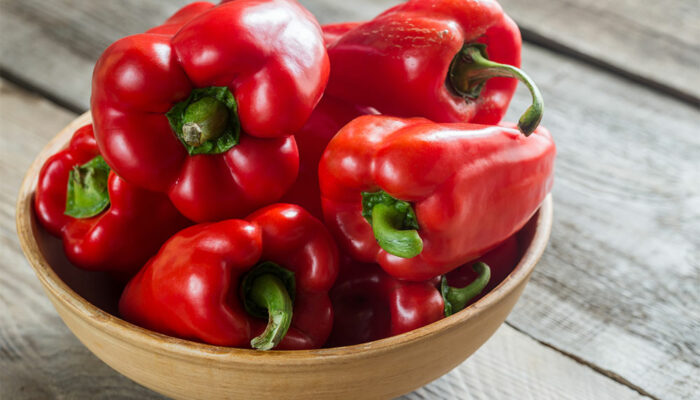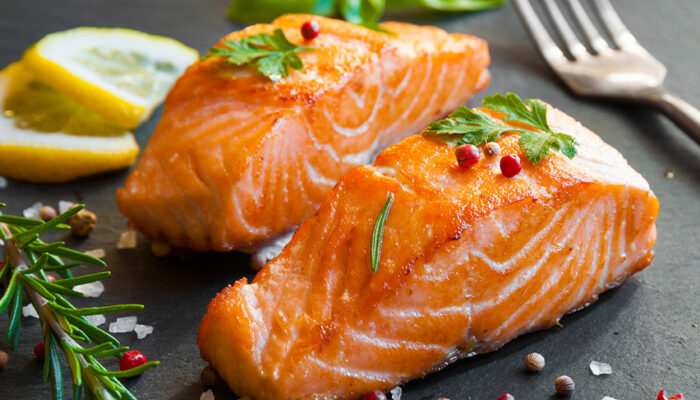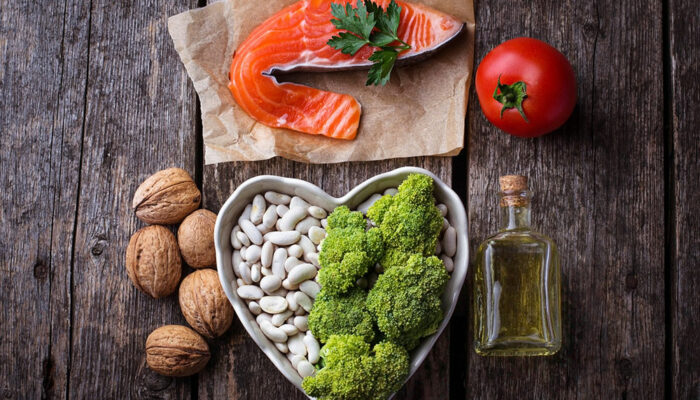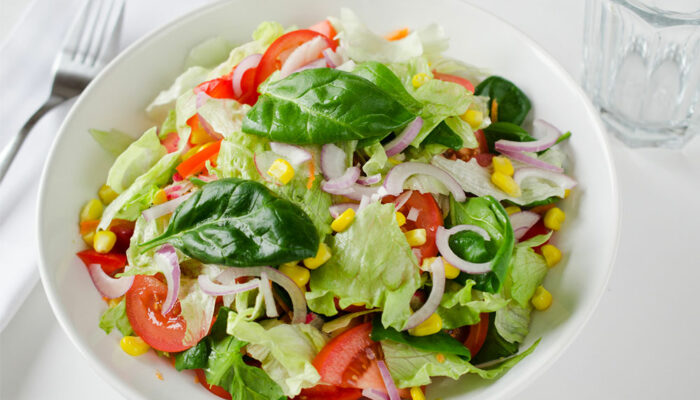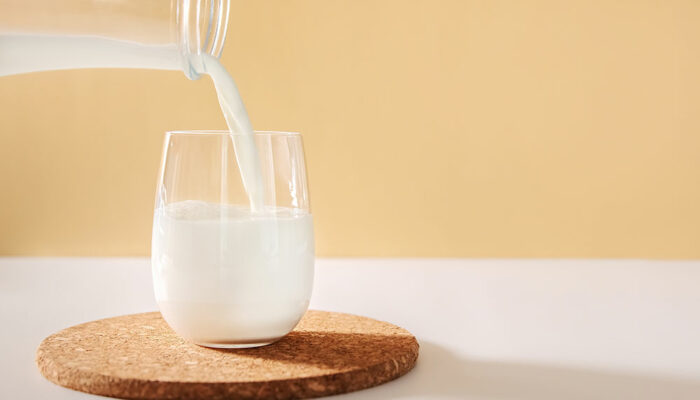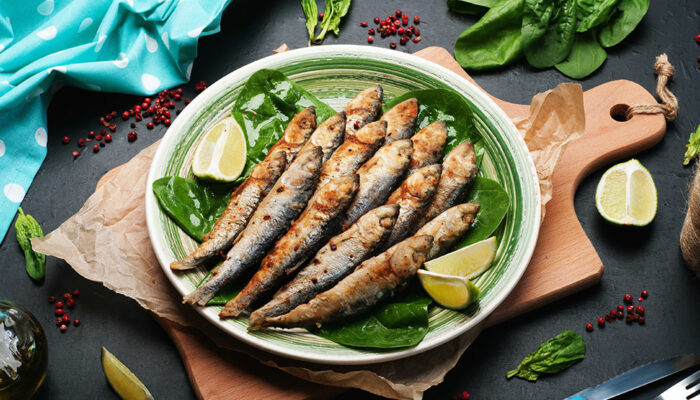
health
5 gout triggers to avoid at all costs
Gout, a form of arthritis, affects joints where it causes an almost unimaginable level of pain. The suffering is so nasty and awful that even the slightest of touches to the affected area can feel as if a bulldozer landed on it. Although movement remains one of the biggest triggers of gout pain, there are other factors that are just as responsible for its occurrence. Aspirin and other medication It is essential to understand the root of this illness to understand how medication and any other entity, for that matter, triggers gout pain. Gout is caused due to the buildup of uric acid in the bloodstream. Uric acid is formed due to the breakdown of purine — a chemical compound found in almost all foods and drinks. The kidneys usually excrete uric acid through urine, but sometimes due to its excessive accumulation, it deposits in joints where it forms needle-like structures and causes pain and inflammation. Despite being good for the heart, aspirin increases the amount of uric acid in the blood. Even low doses of aspirin can trigger gout pain, which is more common in women than men. Diuretics can likewise have a similar effect, decreasing the kidney’s ability to remove uric acid and increasing the risk of gout.
Read More 
